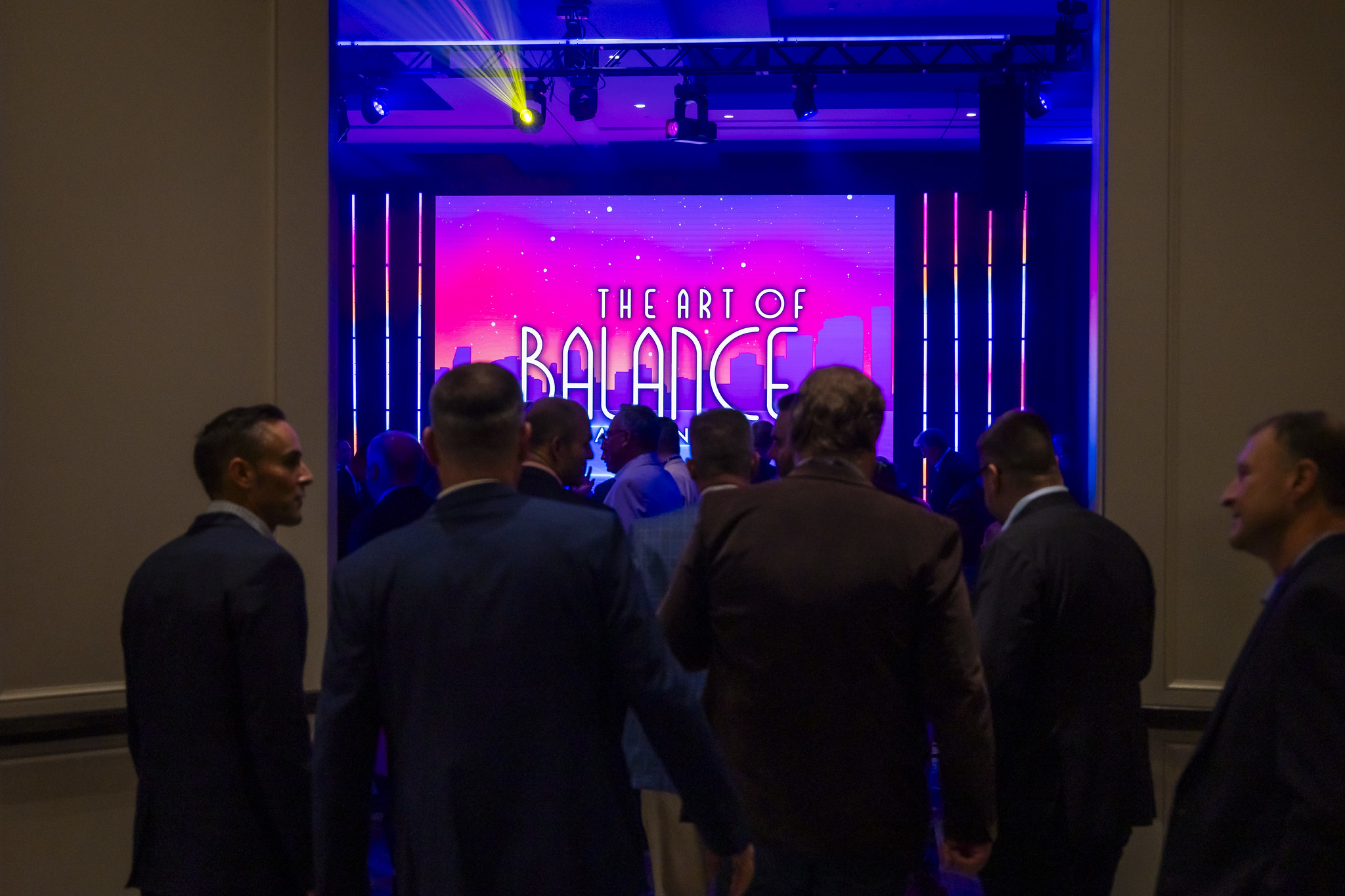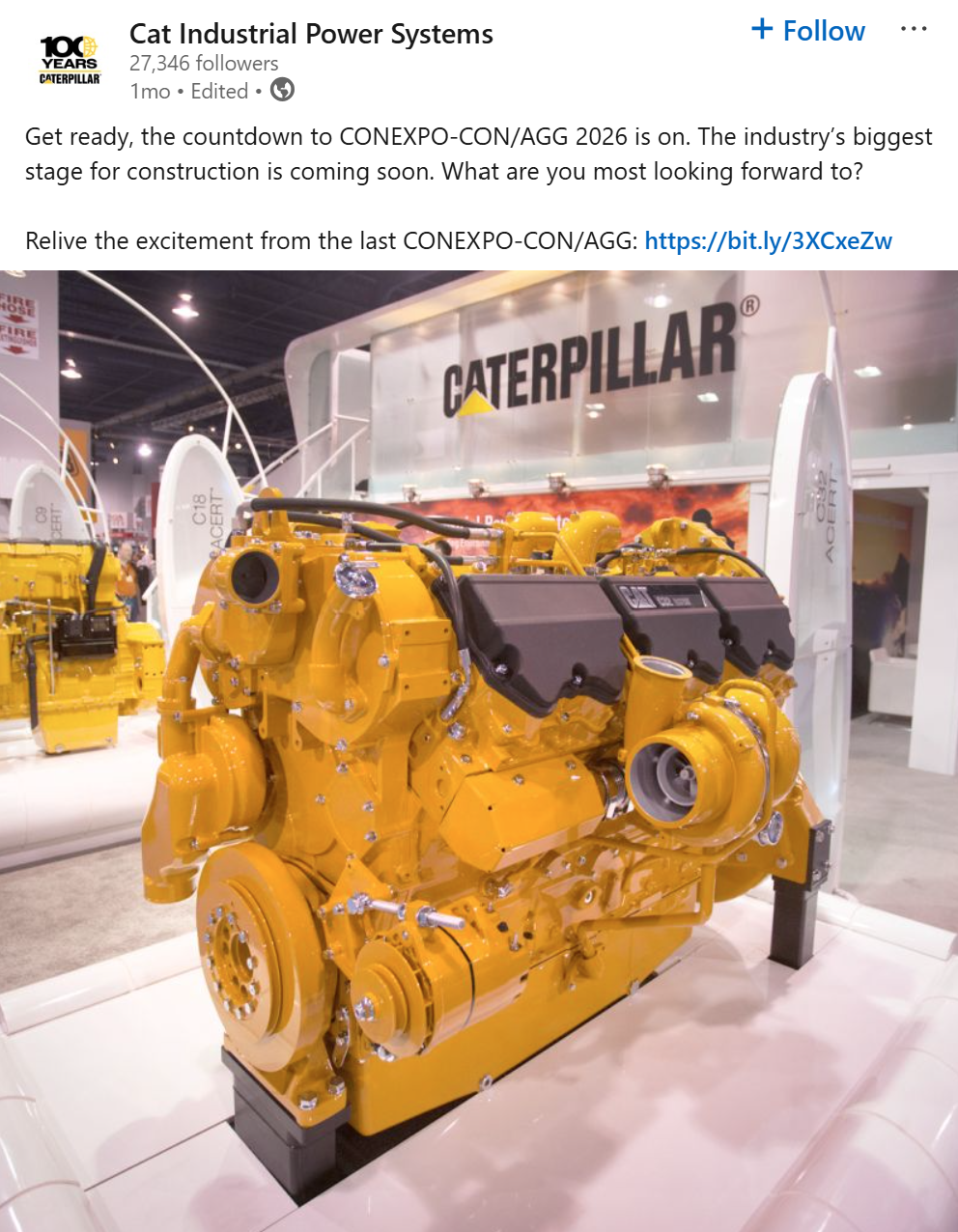Four leading executives from AEM member companies shared their outlook on the equipment manufacturing industry for 2023 and beyond at the recently held AEM Annual Conference in Napa, California.
Tadano Chief Marketing Officer Ingo Schiller, The Toro Company Group Vice President Rick Rodier, Parker Hannifin Vice President of Sales and Mobile Solutions Doug Gilbert, and LBX Company President and CEO Eric Sauvage joined moderator Kristie Stern, president of AEM service member company Green Mountain Lion, for a panel discussion on industry disruptors, obstacles to growth and more.
Below are some excerpts from the discussion. Be sure to check out more insights from AEM member leaders in part two of this panel discussion recap, set to run later this month.
Stern: Aside from the supply chain, which we know is an issue, what will be a significant new disruptor to your plan for 2023-2024?
Rodier: You mentioned the supply chain, and I am sure none of us would think that we are past the challenges of that. I think for our company, we’d probably look at interest rates as being one of the bigger challenges. There’s no doubt that regulatory issues or executive orders can change your direction and cause you some disruption, but we would look at interest rates as one that has a domino effect of affecting lots of different areas of our company.
We’re a company that is pretty broad; we serve a lot of different markets. We do all kinds of financing, including inventory and leasing, but a lot of retail financing as well. Rising interest rates could leave a lot of volatility there, and the fact that it is so closely tied to a potential recession also has us pretty concerned. So, I’d probably say interest rates.
Schiller: Potential executive orders, for me, that’s the wild card. It's the one thing that could happen quickly and have a profound effect. But there’s no way to manage that kind of unknown.
Stern: Can you point to an issue that will be among the biggest obstacles to growth in 2023-2024?
Gilbert: From our standpoint, labor will continue to be a challenge going forward. Unfortunately, I don’t think there is any sort of cavalry of people charging over the hills to get into manufacturing jobs. We’ve seen a lot of the skilled machinists retire during the COVID-19 pandemic, and that only creates a void in the people to run the machines that make the products, but also the ability to train the new people coming in, which affects the overall production efficiency and throughput.
In the past, you would see a different tiering of work-skilled machinists and warehouse workers as two different tiers. And we have seen a lot more congruence into that based on the Amazons and the others of the like moving in and offering a pretty competitive wage, which has really shrunken the gap between the two. Honestly, I think some people would rather work for Amazon, where you get paid the next day. And then if it’s not for you after a few weeks, you can just move on.
So, I think that’s where automation, whether full automation, lights-out manufacturing, cobots or robots, in automation your appliances can become more critical just to overcome that labor gap.
AEM Annual Conference is the place for member executives to examine what is ahead for their organization and the equipment manufacturing industry. Attended annually by senior executives and the next generation of leadership in the off-road equipment manufacturing industry, this is the industry’s can’t-miss gathering. Learn more.
Stern: When do you think supply chain will be able to meet your company needs?
Sauvage: I look at that not so much about the company needs, but rather what the customer needs. Over the last couple years, dealer inventory has been shrinking to the abnormal. In our industry, a particular product that we produce and sell, it’s going down to four months of supply compared to eight months of supply back in 2020. The norm, we know, is probably around six-and-a-half months. So that is the challenge: how much time do we have to build that inventory again?
One of the saviors could be a downturn to push the supply chain to where it should be and address the lack of inventory that we have discovered in our industry. The real question is the “when.” In our industry, I don’t believe it’s going to be before 2024 or 2025, probably early 2025, before we see the inventory level being sufficient to support dealers -- whether it’s a rental fleet or the retail side of the equation.
Schiller: I think the end of 2024 is probably where the lines will cross once again. It’ll take the better part of two years for the supply chain to catch up and get established in a post-COVID environment. And it also requires a little bit of time working with the supply chain constraint; we’re seeing our engineers get more creative and simplify designs and take the componentry into stronger consideration. When you are operating without constraints, you can pick anything and make things very interesting. So, we’re seeing a change in the culture, and people are simplifying and streamlining a lot of our efforts.
Rodier: One of the things that we thought about is how coming out of the recession of 12 years ago, and how that changed a lot of our companies in terms of processes, how we went about our business, how we managed our assets, our resources and so forth. To some degree we’re trying to do the same thing now, even though supply chains remain an issue. However, a lot of things we’re doing are tactical just to try to get through, whether it’s late 2024 or 2023.
We’re also looking at ways of how we will emerge differently because of the supply chain; how will we design our products differently, how we approach our products, our relationships with our suppliers and how are plants are set up. So, we’re trying to take both a tactical approach of ‘fight through this’ and open up the supply chain as much as possible, but also strategically of ‘how are we going to be different?’ Because we will be different, as many of you will be as well, emerging out of the supply chain issue.
Subscribe to the AEM Industry Advisor for more member perspectives.





